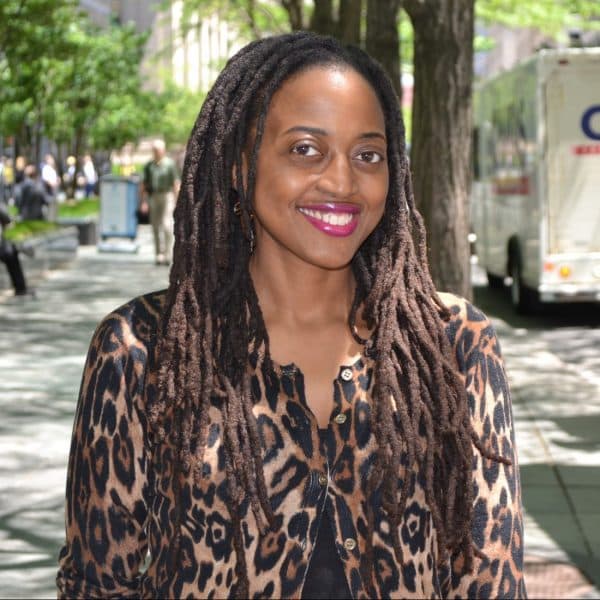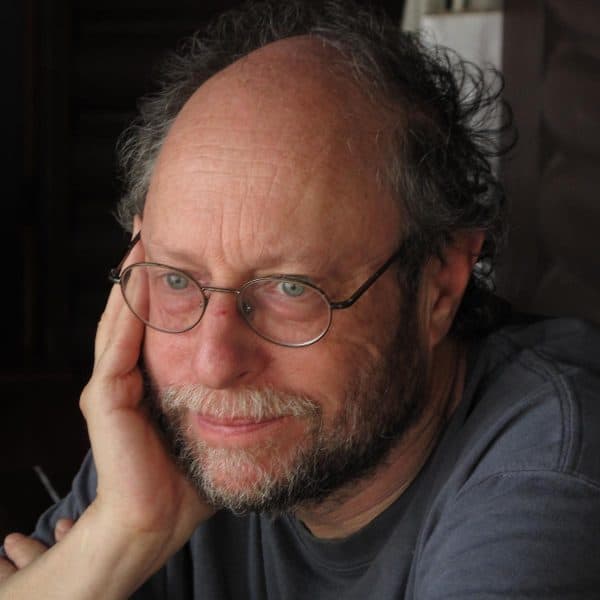Advertisement
Berkshires Notebook: Dance At Jacob's Pillow, Art At Mass MoCA And The Clark, Live Music At The Foundry
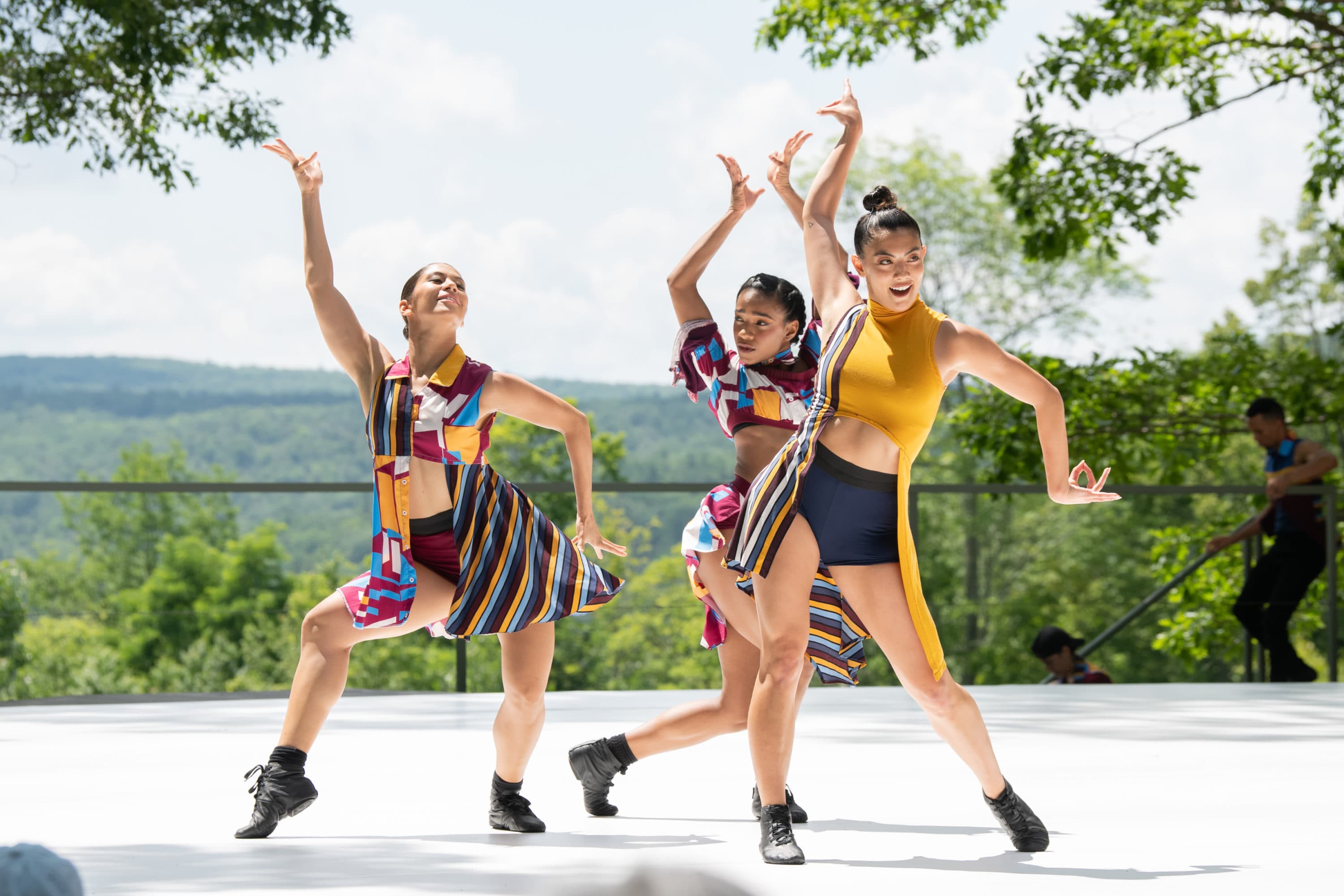
This summer, the Berkshires arts season features outdoor theater, dance and thought-provoking exhibitions at local museums. Relishing the chance to get away from the city, arts and culture writers Ed Siegel and Jacquinn Sinclair spent some time in the mountains to experience the rebirth of the local arts scene. Here they talk about the music, visual art and dance performances they encountered. Read the first installment of their Berkshires Notebook here.
Dance
Jacquinn Sinclair: Jacob’s Pillow was one of the highlights of my week in the Berkshires. Unfortunately, the rain forced the first performance we attended, “Contra-Tiempo,” to adapt their show into more of a verbal narrative that day, but watching the Black and brown dancers in Ballet Hispánico writhe and soar in the air, some with curly manes, was exhilarating. Not to mention the glorious view of the mountains behind them.
I have to say that the “Eastern Woodland Dances” was interesting as well. It felt like more of an offering than a performance. Watching the Wampanoag, Freshwater and Iroquois sing and dance while learning bits of history seemed sacred. At one point, DJ Annawon Weeden said to “give thanks for the things that make us who we are.” It’s a sentiment I certainly would like to live by. What was your favorite part?
Ed Siegel: First, I agree with everything you said. You know, I usually gravitate to theater, music and visual art when I’m in the Berkshires so it was great to return to Jacob’s Pillow. My favorite part was during the “Eastern Woodland Dances” when it occurred to me that we weren’t really attending individual shows across many idioms, but one Berkshires Festival of the Arts. So it didn’t matter to me so much that the dancing wasn’t as complex as Ballet Hispánico; more that I was seeing fascinating art across a spectrum of idioms.
And, yes, the dancing in Ballet Hispánico was top-notch, but I was less thrilled about part of the politics of “Tiburones,” which took on “West Side Story.” First of all, I can understand why choreographer Annabelle Lopez Ochoa would want to reclaim Latin dancing and confront stereotypes.
What I disliked about it was the narrative she constructed around her dancing. What in the world was Leonard Bernstein’s Norton lecture about tonality doing in there? Since she was trashing Steven Spielberg’s inarticulateness about how he would depict Puerto Ricans in his upcoming movie I sensed that she was trashing Bernstein for his academicism, but those lectures had nothing to do with “West Side Story” and were a pretty brave “here I stand” defense of tonality when atonalists were trying to bully people into accepting a harsher musical aesthetic.
Advertisement
And, again, she can say whatever she wants about clichés from the ‘50s and lack of representation, but the musical was extremely progressive for its time and of the two original Anitas, Chita Rivera continues to rave about both Bernstein and choreographer Jerome Robbins and Rita Moreno defends Spielberg’s depiction of Puerto Ricans. So I think Ochoa was setting up straw men who distract from an otherwise excellent piece.
Art
Sinclair: Formerly the site of Sprague Electric, MASS MoCA contains a sprawling collection of contemporary art that delights. The warehouse-like buildings have been transformed into bright, welcoming galleries. Two standouts at the museum are "Them and Us/Ellos y Nosotros" by Marcos Ramírez, aka ERRE, work centered on the U.S. and Mexico border, and Japanese American artist Glenn Kaino’s “In the Light of a Shadow." In the latter, museumgoers enter a cavernous room with a large overhead object, a representation of the Shadow V, a boat bombed by Northern Ireland’s IRA, and what appears to be small, spinning stones suspended in the air by clear cords.
At the start of some ominous music, participants are led on a walkway through the space. Soon, shadows of cross-like figures, birds, battle scenes, and phrases such as “Power to the People” and “We are Each Other” floated on signs around us. The small hanging objects contain tiny images of people, combat vehicles and more that when lit become looming images on the walls and ceiling of the museum’s Building 5. The exhibition reminds me that we’re all connected. At the end of the platform, there’s a mirror reflecting our images and reactions as we walk among our silhouettes on the wall. We, too, are part of the exhibit. The stunning work is “inspired by protests across the globe, specifically those in response to the tragic events known as 'Bloody Sunday' from Selma, Alabama and Derry, Northern Ireland,” according to MASS MoCA’s website.
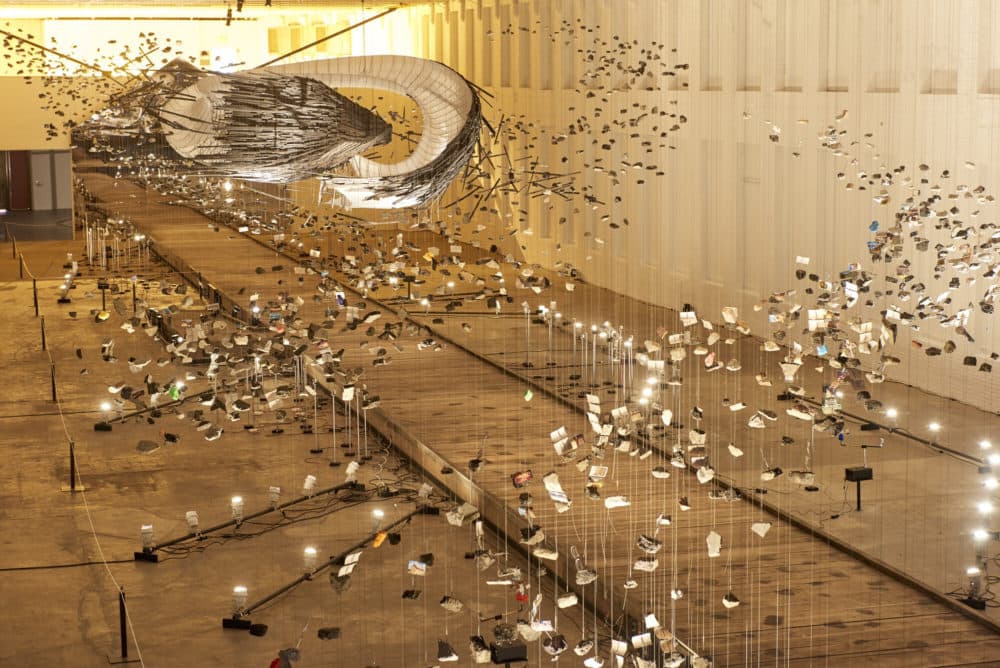
Overall, the best part about MASS MoCA was the experience of discovery. As I walked the grounds outside, I often wondered if I was in the right place. But the curious wanderer gets rewarded over and over. For instance, one quiet outdoor hallway housed a large black and white abstract mural, another old workspace from the days of Sprague Electric could be toured at one point (it was closed when I went, but you could still look from the entryway), and there were sculptures and large cement pipes that you could duck inside.
That same day at the Clark Art Institute, the blending of art and nature you mentioned, Ed, was exemplified through the exhibitions “Nikolai Astrup: Visions of Norway” and “Claude & François-Xavier Lalanne: Nature Transformed." Astrup’s “Foxgloves” series glowed with vibrancy and the Lalannes’ merging of animals and food and other pairings were intriguing.
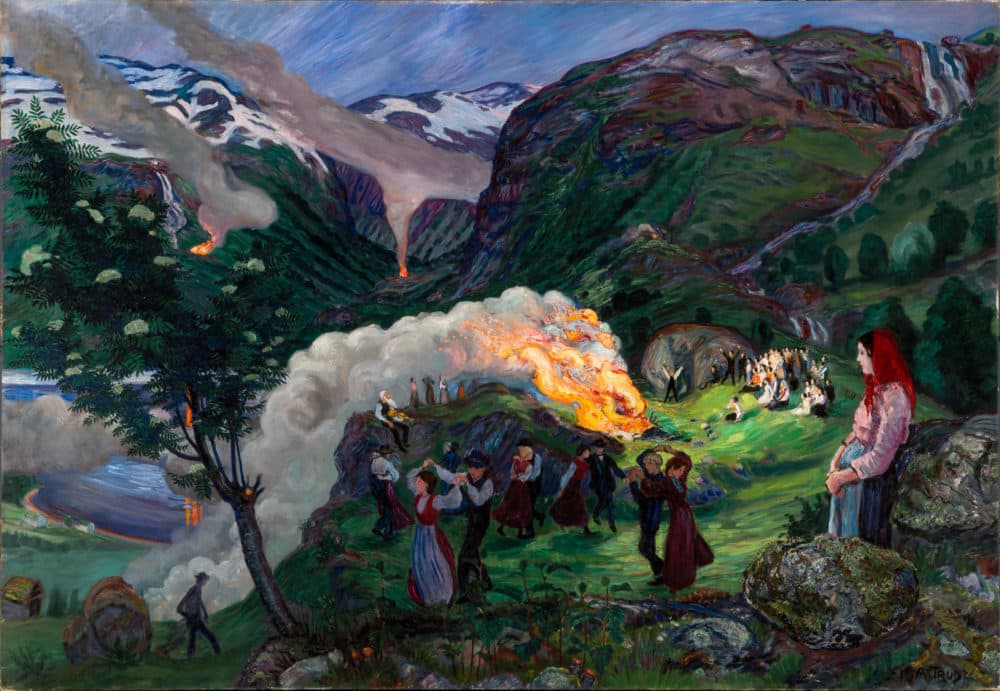
The Clark’s stark exterior and interior were quite a departure from the warmth and approachability of MASS MoCA. But, the Clark’s walking trails and outdoor installations were real draws. Also, the Clark’s Lunder Center is currently showing art from the community. It’s just a short walk from the main museum.
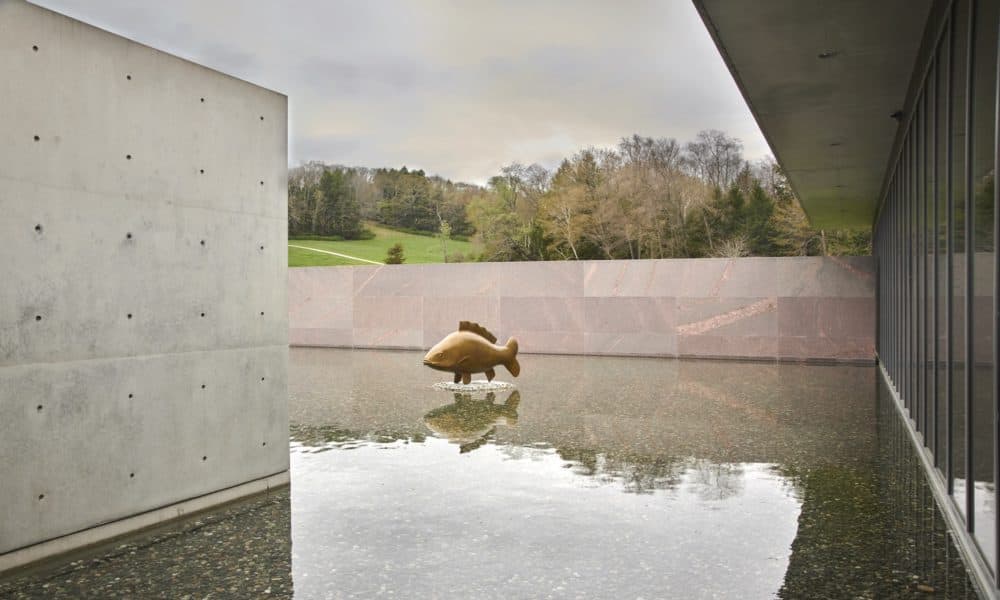
Siegel: I didn’t make it to MoCA this time, but it really is something and they have a great, often funky performing arts program as well. But I did get to the Clark before “Outside on Main” at the Williamstown Theatre Festival. The austerity of the place doesn’t bother me, particularly when you consider how organically the relatively new space blends in with the beautiful outdoors now.
Astrup and the Lalannes are indicative of the Clark's more contemporary approach to visiting shows, and I thought they were both excellent. But I just want to say a word about the permanent collection, which is another aspect of the restorative nature of the Berkshires. Walking into the permanent collection and being greeted by Winslow Homer, George Inness and the French Impressionists never gets old for me. A conservative collection, to be sure, but the curators now support that historical conservatism with a real contemporary boldness.
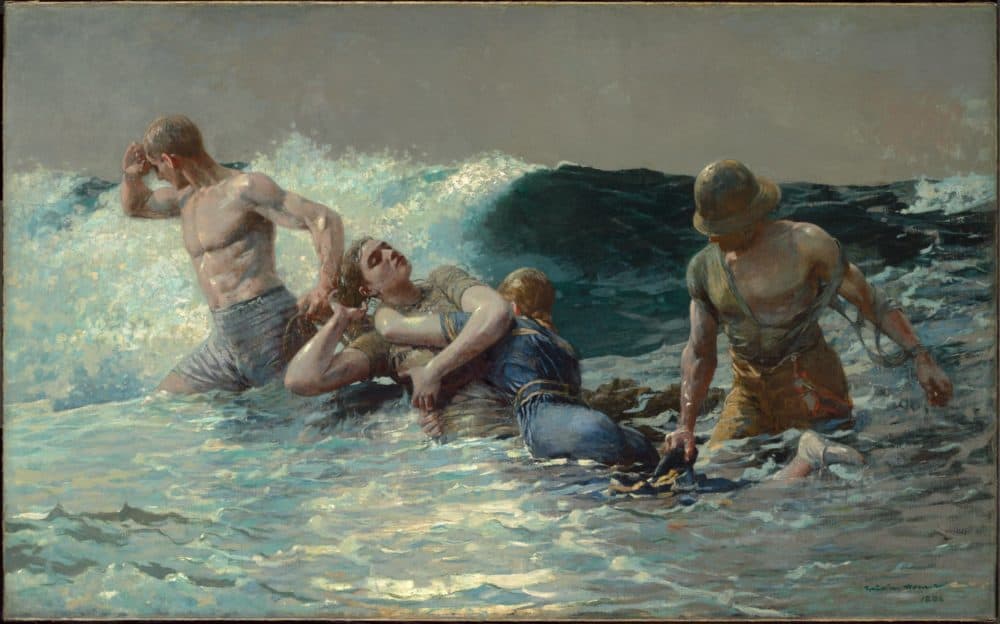
Music
Siegel: As I said, it was Tanglewood that got me out here in the first place and the BSO’s first concert since March of 2020 reminded me of why the festival can be so special. But the sense of discovery about the Berkshires I experienced in the ‘80s continues today. Staying in West Stockbridge, I remember going for a walk and saying “I wonder what’s down this path” and then stepping into this gorgeous sculpture garden, TurnPark.
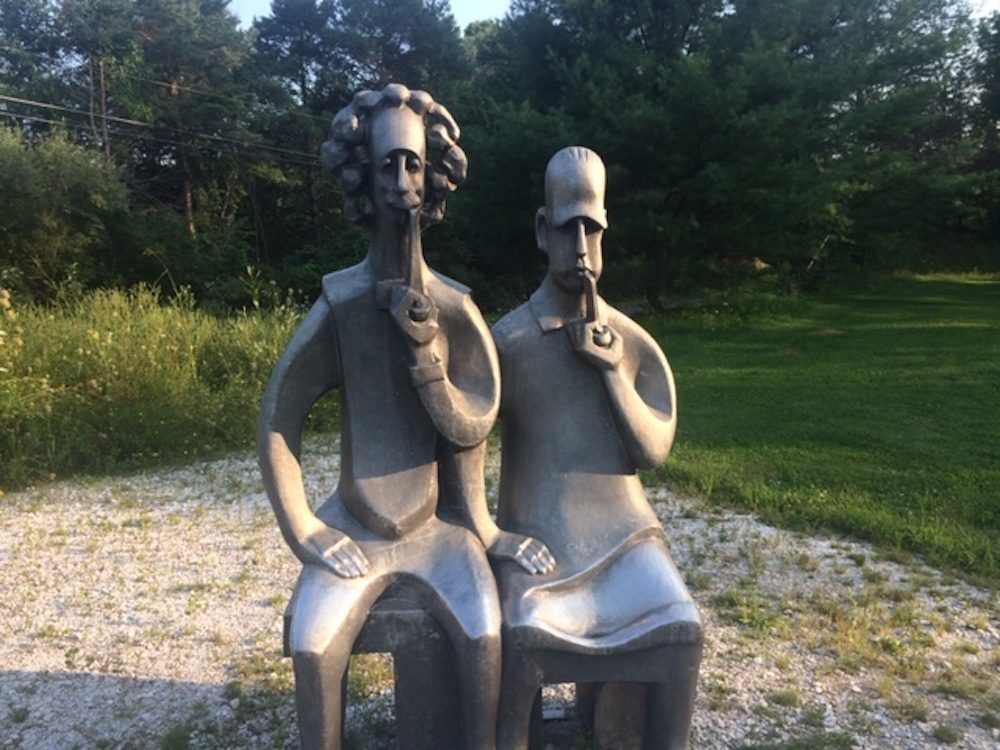
And then finding out there was a new popular music venue, The Foundry, which had this fascinating concert by Sxip Shirey, a musician who combines sound effects on found objects, spacey tale-spinning, Albanian dance music and a gazillion other things. If Andris Nelsons' downbeat signaled the Berkshires coming back to life, Shirey’s music got the Berkshires up and dancing. Well, at least the 50 or so people who braved a downpour.
Sinclair: Indeed. Shirey’s performance was part fun, part education. He took the time to tell and then show audiences how he creates various sounds, like marbles spinning in glass bowls or Bundt pans hit with drumsticks. He talked about reverb, sound shifters and ‘90s synth sounds. His down-to-earth personality lent an intimacy to the show and his moody music created a nice vibe for the overcast evening. Shirey’s “Istanbul” and “I Woke Up Underwater and I Could Breathe” were my favorites.
I love that Shirey called up Emily Herder, a sousaphone player from the local-ish band Brasskill, who played a super funky set with him while most of the audience danced in the night. Next year, Shirey will provide music for the American Repertory Theater’s “Ocean Filibuster” in February.
Siegel: Can’t wait. Maybe the A.R.T. can get Shirey to do some shows around Boston as well. Put on your dancing shoes.
Here's a taste from 11 years ago.
Next up in the Berkshires Notebook — books, food and flowers.



